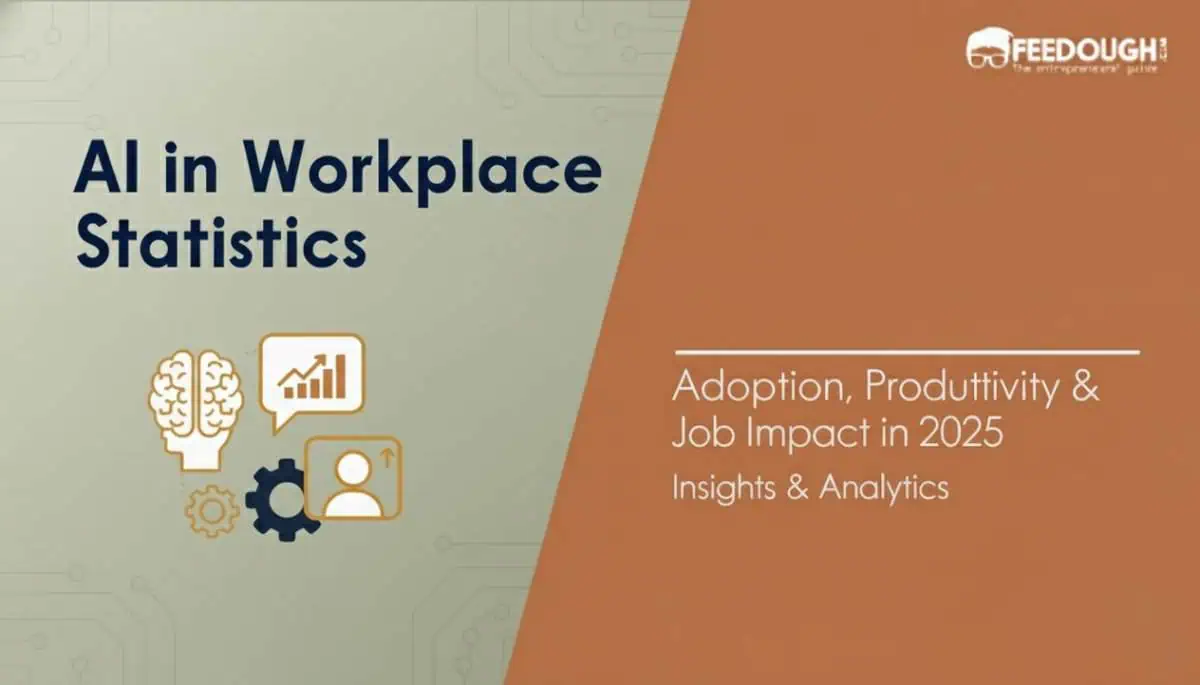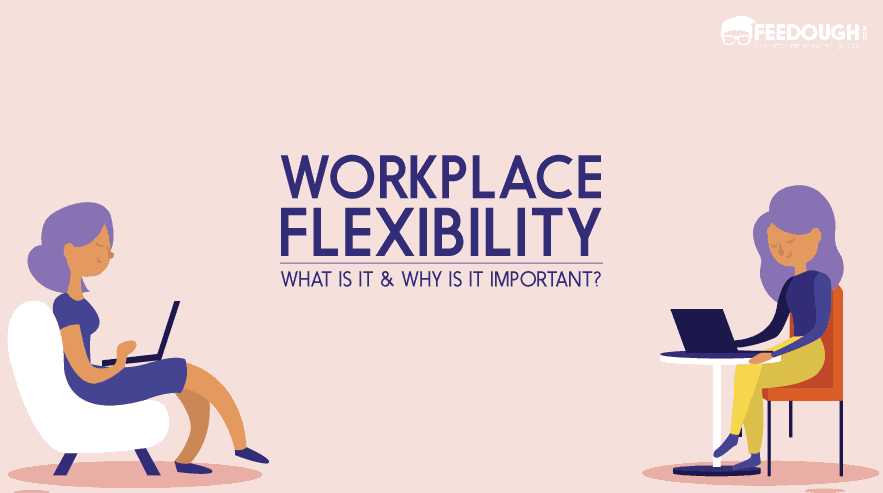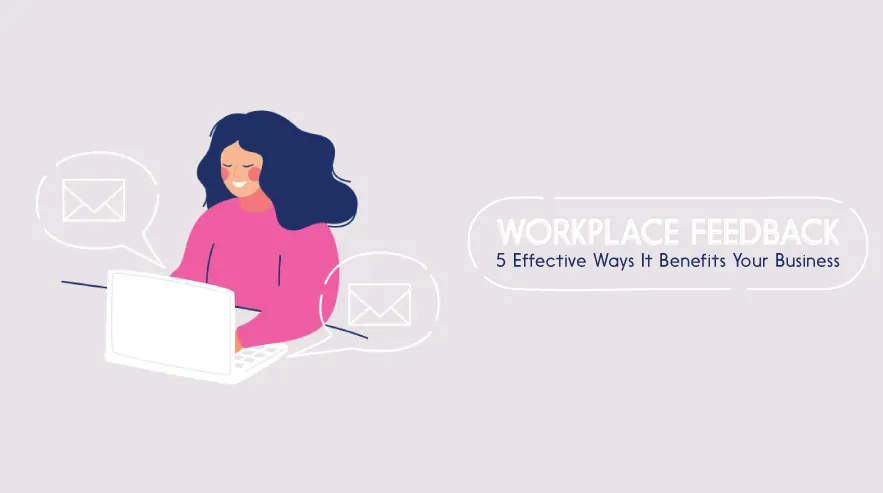Artificial intelligence isn’t just coming to your workplace; it’s already there. The quiet revolution happening in offices, factories, and remote workspaces is changing how we work, think, and collaborate.
According to Exploding Topics, 78% of companies are already using AI tools in daily workflows. That’s not some distant future prediction; it’s happening right now.
So how is AI affecting employees, employers, and overall productivity? The answers might surprise you.
This article breaks down the most important AI in the workplace statistics for 2025 and beyond.
Key Statistics
- 78% of global companies currently use AI tools in workplace processes (Exploding Topics, 2025)
- AI is expected to create 97 million new jobs globally, while displacing 85 million, resulting in a net gain of 12 million jobs by 2025 (Apollo Technical, Apr 2025)
- Nearly doubled usage of AI tools among employees in just 2 years, with rising adoption in support and customer service roles (Gallup, Jul 2025)
- 16% of C-suite executives predict employees will use generative AI for over 30% of daily tasks within one year (McKinsey, Jun 2025)
- Large companies are twice as likely as smaller firms to adopt AI technologies (Exploding Topics, 2025)
AI Adoption in the Workplace
Right now, 78% of global companies use AI in their business operations. That’s a massive jump from just a few years ago.
What’s interesting is how company size affects adoption. Larger enterprise companies are twice as likely to use AI compared to smaller businesses. The resources and infrastructure needed for AI implementation give bigger players an advantage.
This growth has been steady over recent years. Back in 2017, only 20% of companies incorporated AI into their offerings. The climb has been consistent as more organisations recognise AI’s potential.
Companies are moving beyond experimental pilot projects. They’re now deploying AI across multiple business functions. The transition from testing to full-scale implementation is happening across industries.
Every sector is seeing upward trends, though the pace varies. Some industries, like tech and finance, lead the charge, while others adopt more gradually. But the direction is clear – AI is becoming standard workplace technology.

Employee Usage of AI Tools
AI adoption in the workplace is exploding faster than most people realise. According to Gallup research, AI use at work has nearly doubled in just two years. What started as occasional experimentation has become regular practice for millions of employees.
The leadership perspective is even more telling. McKinsey found that 16% of C-suite executives expect their employees to use generative AI for over 30% of daily tasks within a year. That’s a massive shift in how work gets done.
So where are employees actually using AI? The applications are surprisingly practical:
- Email drafting and response generation
- Data analysis and report creation
- Project management and task organisation
- Customer service and support interactions
Generational patterns are clear too. Younger employees under 35 are adopting AI at significantly higher rates than their older colleagues. They’re not just using it occasionally – they’re integrating AI into their daily workflow naturally.
This isn’t about replacing human workers. It’s about augmenting what people can accomplish. When employees use AI for routine tasks, they free up mental energy for creative problem-solving and strategic thinking.

AI and Productivity
When you implement AI in your business, the productivity gains become immediately apparent. Companies using AI report significant time savings across multiple departments, transforming how work gets done.
According to recent research, professionals predict AI will free up 12 hours per week within the next five years. That’s more than a full workday of reclaimed time.

Here’s where AI makes the biggest impact:
- Report generation: What used to take hours now happens in minutes. AI tools can analyse data and create comprehensive reports while your team focuses on strategic decisions.
- Manual task reduction: Repetitive data entry, scheduling, and administrative work get automated, freeing employees for higher-value activities.
- Customer interaction efficiency: AI chatbots handle routine inquiries instantly, while human agents tackle complex issues that require emotional intelligence.
Early adopters are already seeing impressive results. Companies report productivity increases of 20-45% in software engineering and 30-45% in customer support.
These improvements create a ripple effect throughout your organisation. Faster report generation means quicker decision cycles. Reduced manual work leads to fewer errors and higher quality output. More efficient customer interactions translate to better service experiences.
The bottom line? AI doesn’t just save time—it transforms how your team works, enabling them to accomplish more with the same resources.
Impact on Jobs
According to Apollo Technical, AI is expected to create 97 million new jobs globally by 2025 while displacing 85 million existing roles. That’s a net gain of 12 million jobs worldwide.
The job displacement hits some industries harder than others. Manufacturing and clerical positions face the highest risk of automation. Think assembly line workers, data entry clerks, and routine administrative staff – roles with repetitive tasks that AI can handle efficiently.
But here’s the flip side: new opportunities are emerging in data science, AI operations, and technology services. Companies need people who can build, maintain, and improve AI systems. These roles didn’t even exist a decade ago but now offer promising career paths.
Workers have mixed feelings about these changes. Many worry about job security as they see traditional roles disappearing. At the same time, others feel optimistic about the chance to learn new skills and transition into higher-value positions.
The key takeaway? AI isn’t just eliminating jobs – it’s transforming them. The workforce that adapts to these changes will find themselves working alongside AI rather than being replaced by it.
AI and Business Costs
When businesses adopt AI, the cost savings can be substantial. Companies are seeing up to a 30% decrease in customer service operational costs through AI-driven automation. This technology streamlines workflows and reduces labour-intensive processes across departments.
AI-powered automation transforms how businesses handle routine tasks. In finance and accounting, it optimises labour-intensive processes. For customer support, chatbots help streamline buying processes and handle basic inquiries without human intervention. These efficiencies translate directly to reduced staffing needs and lower operational expenses.
Despite the savings potential, initial setup costs require careful planning. The initial implementation phase typically requires $20,000 to $30,000 for most businesses. This upfront investment covers system integration, data preparation, and staff training.
Businesses continue allocating significant budgets to AI technology. The investment reflects confidence in long-term returns through improved efficiency and reduced operational costs. The key is balancing immediate expenses against the substantial savings that follow successful implementation.
AI in Different Industries
AI adoption varies significantly across sectors, with some industries embracing it faster than others. Manufacturing, information services, and healthcare companies report an AI adoption rate of about 12%, while construction and retail are still catching up.
Healthcare
The healthcare sector leads in AI implementation, using it to enhance patient care and operational efficiency. Key applications include:
- Medical diagnostics through image analysis and pattern recognition
- Patient management systems that predict health risks and optimise treatment plans
- Administrative automation for scheduling, billing, and record-keeping
Finance
Financial services have been early adopters of AI technology. The industry leverages AI for:
- Real-time fraud detection by analysing transaction patterns
- Algorithmic trading systems that process market data instantly
- Risk management through predictive modelling and credit assessment
Retail
Retailers are increasingly turning to AI to stay competitive. Common use cases include:
- Inventory management that predicts stock needs and prevents shortages
- Customer personalisation through recommendation engines
- Demand forecasting using sales data and market trends
Education
Educational institutions are adopting AI to enhance learning experiences. Applications focus on:
- Adaptive learning systems that customise content to individual student needs
- Automated grading for objective assessments and instant feedback
- Personalised learning paths based on student performance data
Regional Trends
AI adoption varies significantly across different parts of the world. North America and the Asia-Pacific regions are leading the charge, with the United States and China at the forefront of implementation.
According to market research, North America holds the largest share in the artificial intelligence market, accounting for 36.3% in 2024. This dominance stems from favourable government initiatives and strong tech infrastructure.
China continues to show remarkable progress in AI development and adoption. The country leads in AI publications and patents, reflecting its strategic focus on becoming a global AI powerhouse.
Europe maintains a significant presence too, with Germany’s AI market valued at over $25 billion. Japan also ranks among the top adopters, driven by its advanced manufacturing sector and technological innovation.
These regional differences emerge from several factors. Economic development levels play a crucial role – wealthier nations can invest more in AI infrastructure and research. Regulatory environments also shape adoption patterns, with some countries implementing more AI-friendly policies than others.
Cultural attitudes toward technology and innovation further influence how quickly different regions embrace AI solutions. What works in Silicon Valley might face different reception in European markets with stronger privacy concerns.

Looking Ahead: The AI-Powered Workplace
As we’ve seen, AI is no longer a future concept; it’s actively reshaping how we work today. With three-quarters of workers already using AI in their jobs, the transformation is well underway.
The evidence shows significant productivity gains and new efficiencies, but also highlights the challenges companies face in scaling AI value. This technology is creating both opportunities and disruptions across industries.
What’s clear is that AI will continue to reshape workplace roles, demanding adaptability from both employers and employees. The most successful organisations will be those that embrace this change while supporting their teams through the transition.
The future of work isn’t about replacing humans. It’s about creating new partnerships between people and technology that unlock greater potential for everyone involved.
A startup consultant, digital marketer, traveller, and philomath. Aashish has worked with over 20 startups and successfully helped them ideate, raise money, and succeed. When not working, he can be found hiking, camping, and stargazing.









